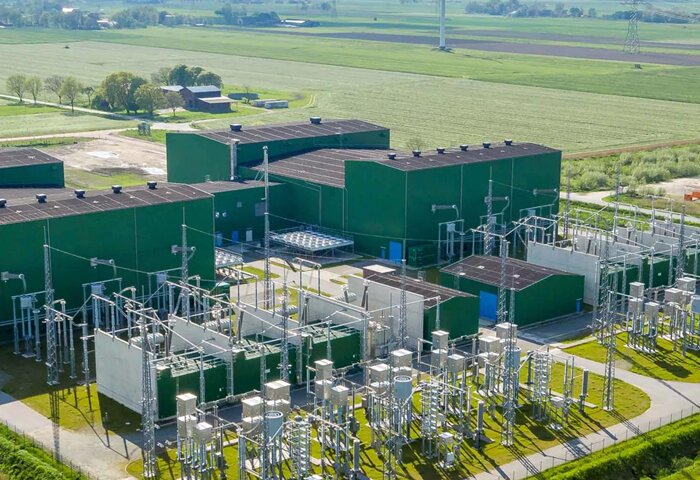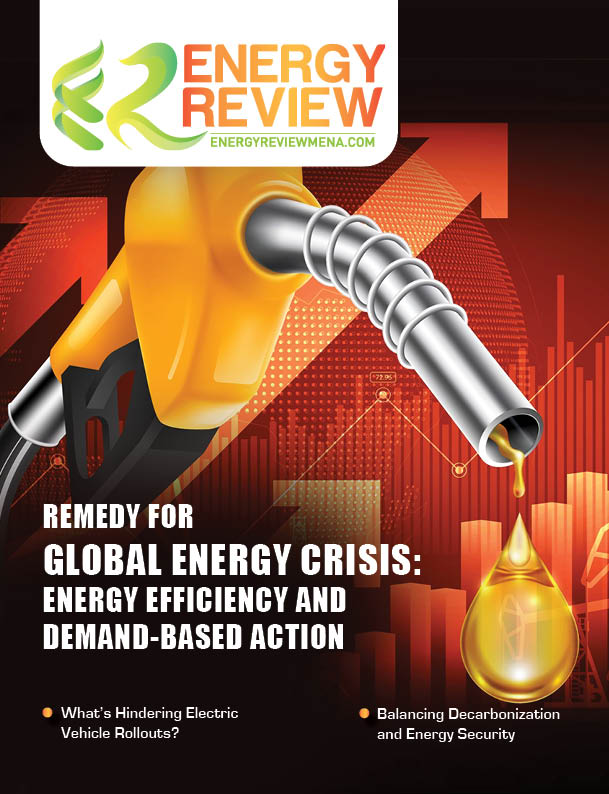More than one-third of the world’s largest publicly traded companies reportedly have net zero targets, and there is increasing pressure on companies for transparent reporting of their emissions, all to drive decarbonization. Environmental, Sustainability and Governance (ESG) initiatives are becoming a top priority for companies.
ESG adoption is on the rise, fuelled by client demand and a desire to make an impact. As ESG momentum continues to gain steam, investors are refining and evolving their strategies. This can be seen in the implementation arena, where investors are moving away from basic screening methods toward more targeted and sophisticated strategies, including thematic and impact investing. Hence, investing based on environmental, social and corporate governance (ESG) principles became a $35 trillion industry from 2009 until earlier this year.
ESG compliance is getting critical
The Global ESG regulation is set to make new requirements for private businesses on the reporting and prevention of adverse impacts on climate, the environment and human rights. The three main regulatory developments for large companies are as follows:
The European Commission’s Corporate Sustainability Due Diligence Directive (CSDDD) is an important part of the European Green Deal as well as the EU's human rights strategy. Furthermore, businesses globally need to comply with the strategic and operational changes provided therein for business continuity.
To address shortcomings in the existing rules on the disclosure of non-financial information for investors, The Council and European Parliament have reached a provisional political agreement on the corporate sustainability reporting directive (CSRD) that will allow more transparency for citizens, consumers and investors.
Moreover, the US Securities and Exchange Commission (SEC) recently proposed new rules to enhance and standardize climate-related disclosures for investors, requiring greater transparency.
To remain competitive in a world increasingly driven by consumers' views on the impact of and reasons for climate change, energy companies must develop proactive and transparent ESG initiatives, so they can balance business needs with investor pressure.
Energy players mainly need to focus on 3 core areas:
- Reducing greenhouse gas (GHG) and other emissions, as well as water usage
- Optimizing energy use and waste generation, with a focus on increased recycling
- Supporting biodiversity and environmental conservation
Oil and gas companies can initiate ESG goals that satisfy both investors and the public through the following:
Saving energy through efficient lighting: Less electricity use means less electricity production, which translates to reduced environmental impact. However, in the name of saving energy, production still mustn't be sacrificed in an industrial setting. Light-emitting diode (LED) is proven to be 80% more efficient than conventional lighting, offering better visibility with higher lumens per watt, and requiring fewer LED fixtures to light up facility areas. In addition, there is no need to change bulbs, thereby minimizing such changes and repairs.
Furthermore, energy efficiency policy can be developed to guide activities across all business units. All locations must comply with the Operations Management System (OMS), which sets out the guidelines for operational best practices. All business units must be compliant with international standards such as the ISO14001 environmental management standard and the ISO9001 quality management standard. These measures reflect the need to maintain quality throughout all business activities, while reducing the environmental impact of the operations.
Safety First and Foremost: Safety is a critical piece of the social framework of the ESG goals, especially as it relates to employee health and well-being. The ISO45001 Occupational Health and Safety Management standard requires companies to create safer work environments for people, both within primary facilities and across the supply chain. Reducing the risk of accidents and injuries protects the well-being of people. A huge chunk of company capital goes into the rehabilitation of workers injured on site. Early detection of leaks can minimize negative effects on the environment. Proactive maintenance and the mitigation of environmental risk generally lead to a reduction in costs as well. Operators should consider monitoring the temperature of flare stacks and incinerators to ensure proper combustion. Monitoring tank levels and fluid within firewalls can prevent spills. The use of industry 4.0 technology to monitor and report activities on sites can reduce on-site injuries and send alarm notifications. Adequate lighting also makes for a more invigorating environment that keeps staff engaged and responsive to safety risks.
Low-carbon energy solutions: Oil and gas companies should consider how their operating model can transform to accommodate new business sectors, especially those that embrace digitization and advanced technology, providing increased opportunities to measure and report on ESG initiatives. Energy companies can start by focusing on things like energy consumption, water management, greenhouse gas emissions and safety performance data, including data from across the supply chain. The use of renewable energy sources, electrical charging stations and biofuel capabilities will present investors with new value propositions while maintaining a competitive edge. Additionally, energy consumption may be curtailed by optimizing the oil production business unit through the reduction of wells with high water content, which in turn reduces power consumption. Moreover, Work from Home (WFH) measures are new opportunities to reduce energy consumption through a reduced need for transport and building energy use. Initiatives such as Heating, Ventilation and Air Conditioning (HVAC) condensate water reuse, as well as Reverse Osmosis (RO) technology to produce fresh water from water makers, further reduce the need for imported water. The extraction of fresh water from sea water by the use of reverse osmosis is one of the most common methods for producing potable water on offshore installations. The re-used water can reduce seawater consumption in operations. As such, innovative solutions will help reliably track and verify carbon-free energy consumption. For instance, through digital integration and digital channels provided by DEWA, more than 75 million smart transactions have been completed, which have contributed to reducing 496,256 tonnes of carbon dioxide emissions. This is equal to the planting of 379,291 trees over an area equivalent to 549.51 football pitches through mid-June 2022. The smart adoption of DEWA’s services reached 98.99% by the end of the second quarter of 2022.
Commitment to positive collaboration
Investors and stakeholders need to understand the origin and carbon footprint of the energy oil and gas companies consume across their operations, and take appropriate action to procure cleaner electricity. This will further drive the decarbonization of their operations, making 24/7 carbon-free energy a reality. Having a transparent and responsible assessment of activities has become paramount to sustainable business.
“As an industry, we must approach these critical issues together through dialogue and cooperation, ensuring all voices are heard and all viewpoints are considered,” the late OPEC secretary general
Mohammed Sanusi Barkindo wisely stated. “We need to connect all aspects of the energy trilemma. This means working with each other, and not against each other. It is in the interests of every one of us to evolve a sustainable energy future that works for all.”
Also read: UAE Powering Net Zero Through Nuclear Energy










